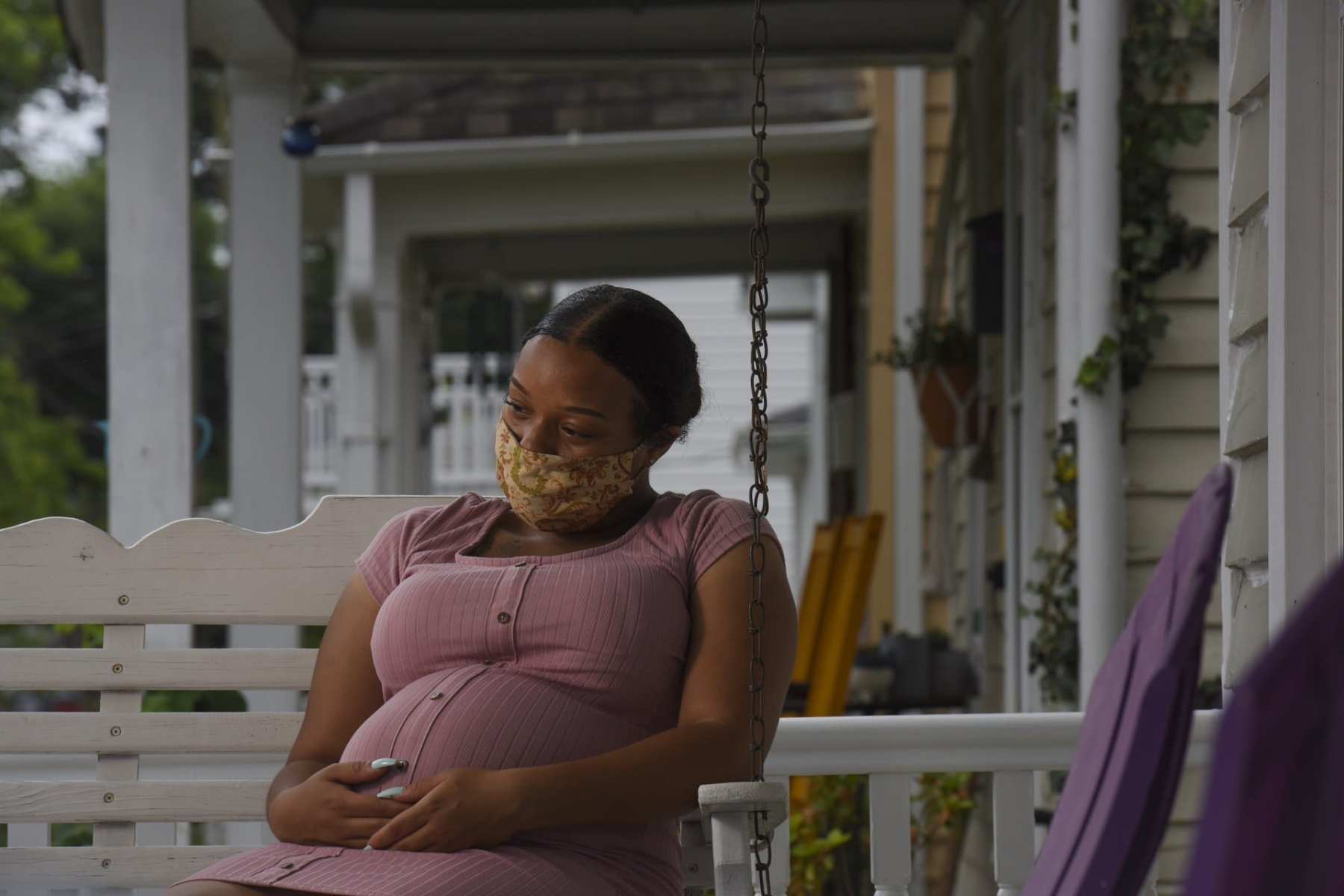As President Joe Biden presses forward with two packages that could overhaul the American economy, health equity experts are calling on him to prioritize moving the nation toward universal health care, which they argue will be essential in addressing gender-based health disparities.
Biden’s first major legislation, the American Rescue Plan Act (ARPA), delivered on campaign promises to build on the Affordable Care Act. It enhances subsidies for people buying individual insurance for the next two years, capping how much someone can spend on marketplace plans at 8.5 percent of their income. The law also created a pathway for states to extend Medicaid — which covers low-income people and almost half of the nation’s births — so that people who qualify while pregnant can potentially keep that insurance for up to a year postpartum.
Those changes, experts said, could at least temporarily make insurance more affordable for many people who lack coverage, filling some of the ACA’s “most gaping holes,” said Katy Kozhimannil, an associate professor at the University of Minnesota and director of its rural health research center. But the changes are short-term, many experts said. They will likely make coverage available to many Americans who currently lack a health plan but will, early analyses suggest, still leave millions uninsured.
To cover those gaps, experts are urging Biden to act on another campaign promise: to introduce a public option — a government-backed and -run health insurance plan — or to take other steps that could bring the nation closer to universal health care coverage. No such policies appeared in his massive jobs and infrastructure plan unveiled March 31. In a recent interview with Politico, White House chief of staff Ron Klain declined to specifically answer whether the public option will appear in the next part of Biden’s major legislative initiative, referred to as the American Family Plan.
White House officials have suggested that the next big legislative push, the details of which should be unveiled in the coming weeks, will include some kind of health insurance expansion. But it’s not clear what that means.
In recent conversations with The 19th, two of Biden’s top health equity advisers emphasized that the coronavirus pandemic has only added to the need to think about universal health care and health equity. But major health care industry groups — including hospital and insurance lobbies, which could lose money if more people opted into a public health plan — have already organized campaigns opposing such a policy.
As of last fall, 12.5 percent of adults were uninsured, and 21.3 percent were underinsured — meaning they had insurance but were still paying large amounts out-of-pocket for medical care. Uninsured rates are higher — an average of 15.5 percent — in states that declined the ACA-created option to expand Medicaid eligibility.
The federal government estimates that, with the new ARPA subsidies, 6.8 million uninsured people could now get a private insurance plan for no premium. An additional 1.3 million could get marketplace coverage that costs less than $50 a month in premiums, though some of those plans could still come with high out-of-pocket costs.
“The subsidies are a really important, significant step. But from my perspective it should be considered a first step,” said Linda Blumberg, a health policy analyst at the Urban Institute, a think tank in Washington, D.C.
That’s because, while the dent is significant, it’s still just a slice of the country’s approximately 29 million uninsured people — largely people with lower incomes and people of color, most of whom say they are uninsured because coverage is too expensive. About 2.2 million are people who live in states that did not expand Medicaid eligibility and make too much for the public program but earn too little for insurance subsidies.
Beyond a public option, Biden campaigned promising to go further in improving the ACA marketplace subsidies, not only making more people eligible for them, but changing the formula so that it is easier for people to buy more generous coverage plans. More recently, Democrats have talked about making the ARPA subsidy expansions permanent, since they will expire in two years.
“When you think about what the next steps are, it’s to cover more people,” said Sara Collins, vice president of health care coverage and access at the Commonwealth Fund, a New York-based health policy research organization. And that’s a change reproductive health experts say could be particularly important for addressing insurance access problems that harm pregnant people.
Getting more people insured, experts say, would require a bigger federal intervention: Making sure uninsured people — especially those who are currently living at the federal poverty level — are eligible for marketplace subsidies, or are enrolled them in a government-backed health plan.
The implications would be particularly significant in addressing insurance access gaps that affect pregnant people. Medicaid eligibility standards are more generous for pregnant people, so they are more likely to qualify for coverage while pregnant. Starting next year, pregnant people who qualify for Medicaid will, depending on the state they live in, be able to stay on that insurance for up to a year postpartum.
But experts worry that isn’t enough. In particular, they point to the people who lack insurance before they get pregnant or who lose it after giving birth — currently more than a third of all people covered through pregnancy-related Medicaid. Those people are at heightened risk of medical complications during the prenatal period, while delivering, or even after they give birth.
“When you have untreated diabetes or hypertension, you’re more likely to wind up in the emergency room. If you have untreated depression, your kids are more likely to have special needs in school, and more likely to also suffer,” Kozhimannil said. “There are consequences to not treating things we know how to treat — that’s the biggest tragedy. It’s avoidable.”
As of 2019, about 14 percent of women between the ages of 15 and 44 — what is generally considered “reproductive-aged” — were uninsured, according to the Guttmacher Institute. The figure was higher in states that did not adopt the ACA’s Medicaid expansion. In those states, about 20 percent of reproductive-aged women lacked coverage.
And of the same age group of women, 1 in 4 was uninsured if they lived below the federal poverty line – which in 2019, was $21,330 for a family of three. The data did not look at people of other genders who could also become pregnant.
“The idea that you can wait until someone’s pregnant is going to make them have a healthy baby is flawed. It’s not scientific,” said Joia Crear-Perry, an OB/GYN and the president of the National Birth Equity Collaborative, an advocacy group.
The details of public option proposals vary, and Biden himself has backed more expansive and narrow ones at different points. But some policy experts suggest that, depending on implementation, a government-provided insurance option with a robust set of benefits and limited cost-sharing could help people stay insured before and after pregnancy.
“The public option would be more affordable, which may help more women and families obtain health insurance, especially those who live in states that did not expand Medicaid,” said Jamie Daw, an assistant professor of health policy and management at Columbia University’s Mailman School of Public Health.
Such a program, she added, could help lower health care costs, too, by giving the government a lever to negotiate what hospitals and health systems can charge for treatments. Economists generally believe that such a program would lead to lower health care prices across the board, meaning that even people covered with private insurance would ultimately face lower premiums and smaller out-of-pocket costs.
“We know that families pay a lot for maternity care, and this has been rising over time,” Daw said. “A public option may help to reduce some of the cost burden associated with reproductive and maternity care.”
Still, a public option is only part of the puzzle, some health economists argue. On its own, the policy would help bring down health care costs — but the government would need to do more to make sure the government-backed health plan is affordable.
That’s especially important in states with large uninsured populations, said Stacey McMorrow, a research associate at Urban Institute. People who can’t afford insurance right now likely wouldn’t be able to afford the public plan either, which means they would also need to be made eligible for some kind of government subsidy to access it.
She and Blumberg also recommended following through on Biden’s proposal to change how the ACA subsidies work, calculating them with a formula based on what it would take to help people buy more generous plans. A well-implemented public option could also, through market competition, make those private insurance plans more affordable for insured people, both said.
And though proposals may vary, researchers argued that expanding health care access is essential.
“We’re hearing a lot about infrastructure right now, but health care is obviously basic infrastructure in this country, as we face this pandemic and continue to move forward in handling it,” Kozhimannil said. “I hope there is action on health care soon.”





